
Introduction
This week’s social engagement topic is land in Splinterlands. Land is an upcoming evolving game withing the game splinterlands. Some parts are already in place (1.5 whitepaper), and even more to come as the team works toward Land 2.0 (2.0 whitepaper) and the full release of the land functionality. This post will break down some foundational aspects of land ownership and development, helping you grasp the essentials and prepare for what’s coming next.
Key Topics Covered:
- What is land, and how much is there?
- The difference between un-surveyed and surveyed plots
- Core resources and how they’re generated
- Production points and how they’re boosted
- Types of land plots and their characteristics
- Harvesting Resources
- The Trade Hub

What is Land, and How Much Is There?
Land in Splinterlands represents valuable, in-game real estate on the continent of Praetoria. Land plots serve as productive assets where players can generate resources and rewards by developing and managing them strategically. There are 150,000 plots in total, divided across different regions and tracts, each plot offering unique potential based on its type and characteristics.
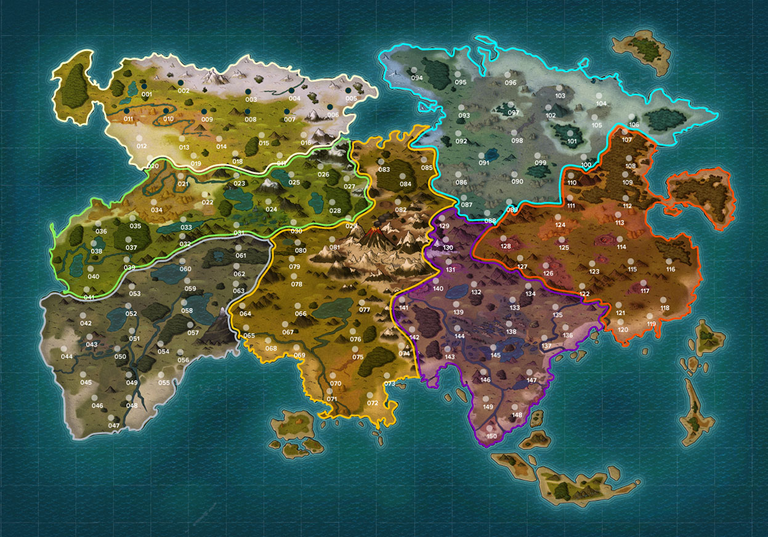
Acquiring land is essential for players who want to stake a claim in Splinterlands’ evolving economy. Land can be acquired either as un-surveyed plots (which are undeveloped and hold potential for discovery) or as surveyed plots, where the land’s type, rarity, and resources are known.

How to Obtain Land: Un-Surveyed vs. Surveyed Plots
Land plots come in two primary conditions: un-surveyed and surveyed.
- Un-Surveyed Plots: These are plots that haven’t been analyzed to reveal their potential. Players who obtain un-surveyed plots have the option to survey them, discovering the land’s type, rarity, and specific resources. Surveying adds an exciting element of chance, as higher rarities and special types (such as Occupied or Magical) may be uncovered.
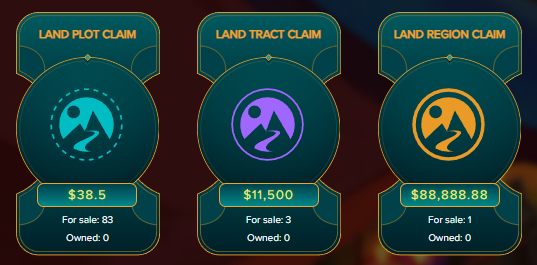
- Surveyed Plots: For players who want to know exactly what they’re investing in, surveyed plots display their full characteristics. These plots have known values and resources, allowing players to plan their strategies with certainty.

At the time of writing form tract 141 there are still un-surveyed plots.
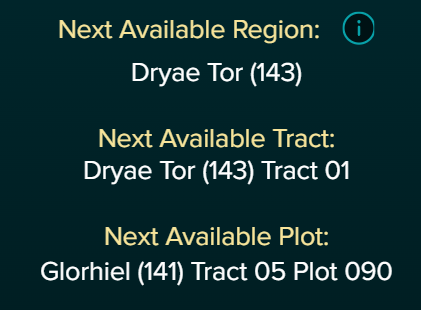
Survey chance:


Current Resources: Grain, DEC, SPS, and Research
Each plot of land in Splinterlands has the potential to produce various in-game resources. Currently, the key resources include:
Grain: Essential for feeding workers on your plot, grain production is a basic but crucial component for continuous operation.
Research Points: Used for advancing knowledge and development on plots, research points allow players to unlock higher levels of efficiency and production.
SPS (Splintershards): The governance token of Splinterlands, SPS can also play a role in land-related activities, enhancing production outcomes.
In the future (land 2.0) there will be ~52 resources 🤯 sneak peak:
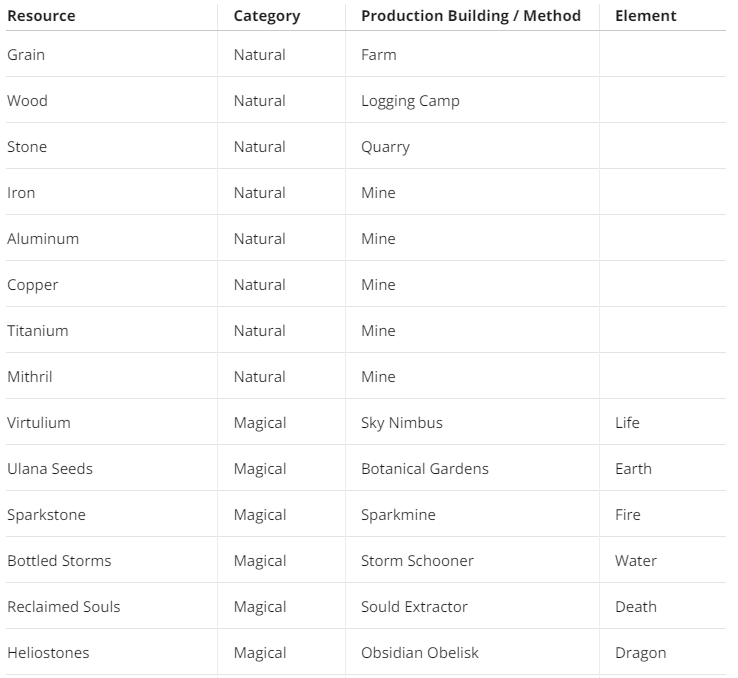
Note that in land 2.0 only certain plot can produce certain materials e.g. grain can be produced only by Terrain Types - Plains, River, Bog, Lake

Production Points and Boosts
Production points are at the core of land productivity, determining the yield and efficiency of resources generated on each plot. Several factors influence production points, allowing players to maximize output through thoughtful resource allocation and asset utilization:
- Staking Cards: Players must stake cards on plots to enhance production. Higher-level and rarer cards can bring significant boosts, with certain card abilities further enhancing productivity.


- Staked DEC: Staking DEC on a plot is necessary to be producing. The amount of DEC that is necessary to be staked in order to power the worker cards will be 10,000 (10k) per max-level card.
- Power Core: A powerful item that amplifies production by enabling land operations. Power Cores enhance resource generation and boost the effectiveness of other staked assets.
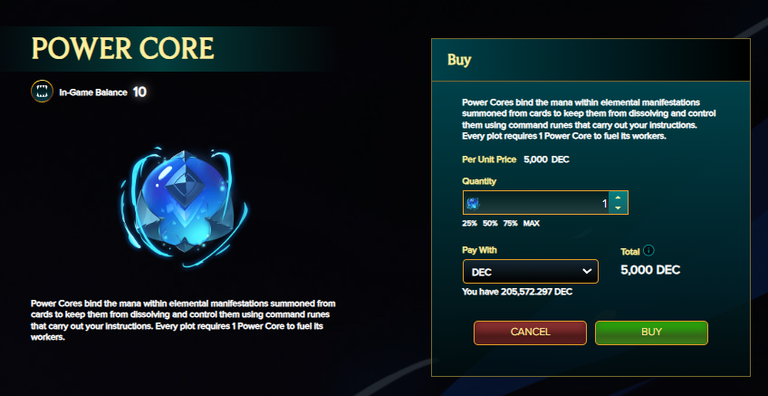
- Totems: Totems provide unique boosts to production, with higher-tier totems offering greater benefits. Placing a totem on a plot can yield a strategic edge in production.
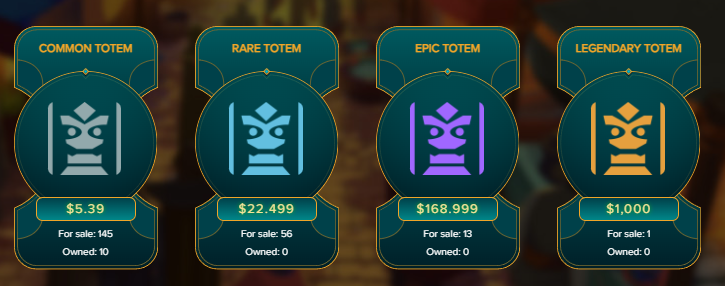
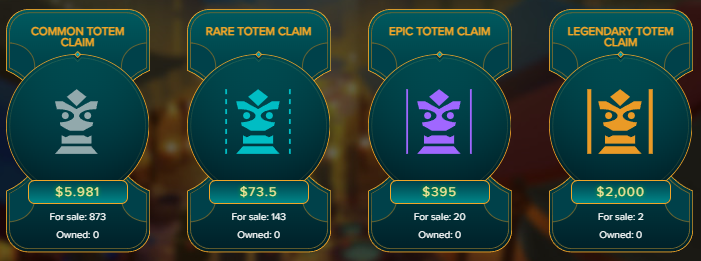
Difference between totem claim and totem is that totem claim is tradable via hive engine and totem is only ingame. A totem claim needs to claimed to a totem to be used on land.
There are also totems fragment that can be found during land harvest. Multiple totem fragments can be combined in an totem.
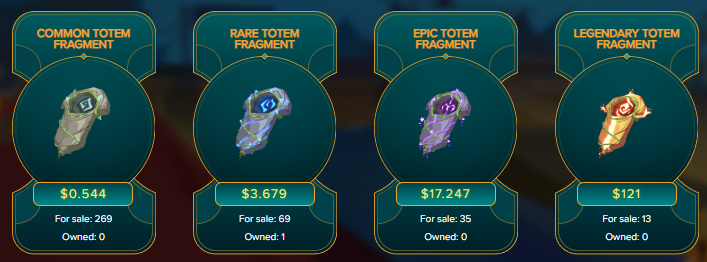
- Titles/Prefix Titles: Certain titles provide additional bonuses, creating synergies when used on specific plots. These titles add a personalized aspect to land management, rewarding players for their in-game achievements and contributions.
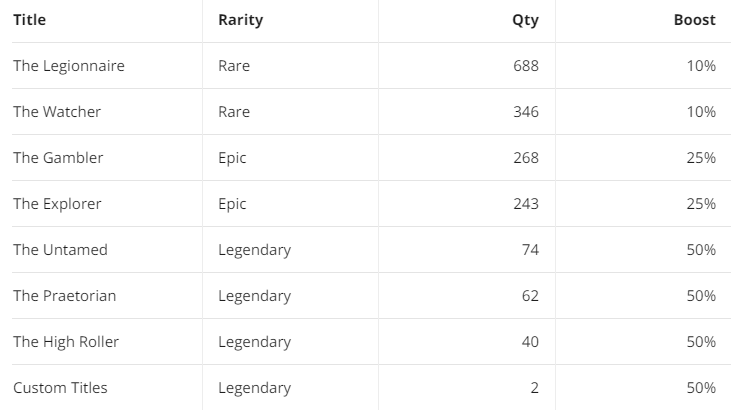
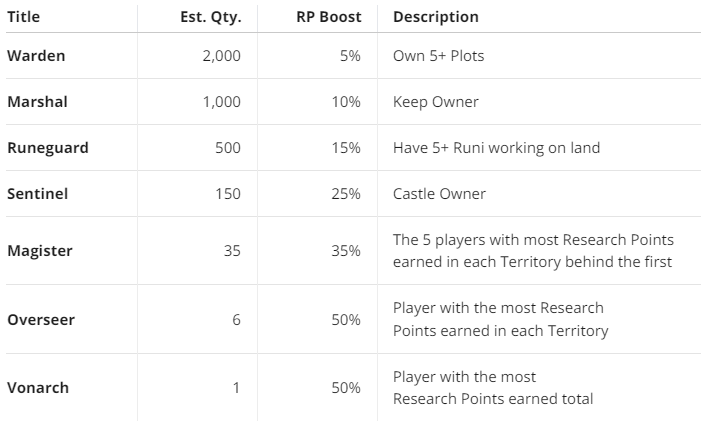
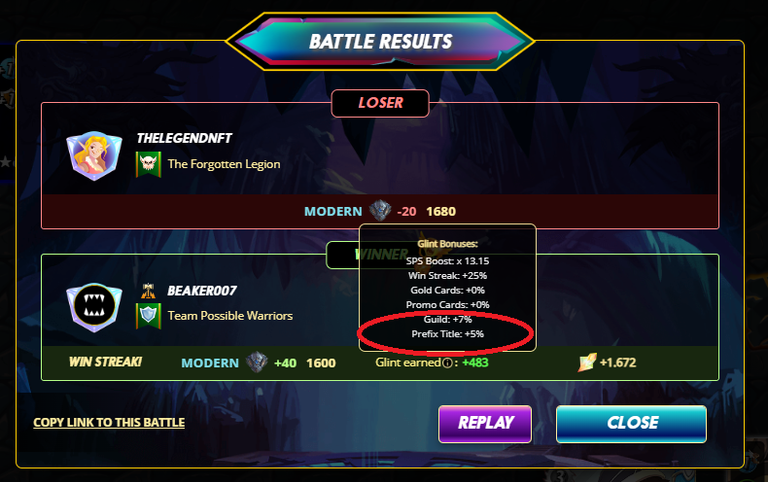

Types of Plots: Common, Rare, Epic, Occupied, and Magical
Land plots vary by rarity and type, each with distinct advantages and potential for resource production:
Rarity Levels (Common, Rare, Epic):
Plots come in various rarities, with rarer plots providing higher production rates and unique opportunities.Occupied and Magical Plots: Special types of plots that stand out due to their unique properties:
Occupied Plots are home to creatures or entities that increase production power and potential. These are highly sought after for the additional boost they provide. This plot has 100% SPS Boost
Magical Plots are imbued with special properties, enabling rare resource production or unique bonuses, adding a strategic element for owners. This plot has 100% research boost
Each land type requires a distinct approach, from optimized resource usage to targeted staking, maximizing the output based on the plot’s inherent qualities.

Harvesting Resources
Harvesting resources is a vital aspect of managing land in Splinterlands. To gather resources, landowners must harvest regularly, ensuring they have enough grain to feed their workers. Grain is essential for keeping operations running smoothly, as every harvest consumes a set amount of grain based on the productivity level and number of workers on a plot.
Grain Management
Since higher-level plots and more productive units require more grain, balancing grain supplies is key to maintaining efficient operations. It’s important to harvest enough grain or acquire it through the Trade Hub to sustain ongoing production. In the future, grain scarcity may increase, potentially raising costs and requiring even more careful planning.
Harvesting Frequency
To maximize resource output, players must harvest at least once every seven days. Resource production caps at 100%, so if you wait longer than seven days to harvest, you risk missing out on additional production. Regular harvesting ensures that your plot operates at peak efficiency and yields the maximum resources.
Note that with harvesting there is a slight change you also obtain a totem fragment.
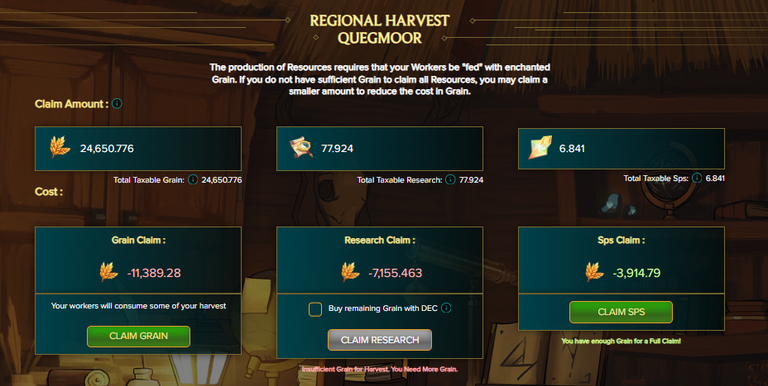
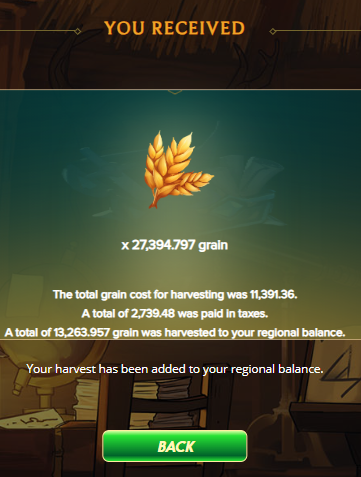
Taxes and Resource Collection by Castles and Keeps
When harvesting, landowners pay a tax (10% in Phase 1.5) on collected resources, which supports the castle (region) and keep (tract) in their area. This tax is essential for castles and keeps to generate their resources, creating a decentralized economy within each region. By contributing a portion of each harvest, landowners support the broader Praetoria ecosystem while collecting valuable resources from their plots.

The Trade Hub
The Trade Hub is the central marketplace for landowners to trade, buy, or sell resources in Splinterlands. As landowners accumulate resources or need specific materials to advance their production, the Trade Hub serves as a crucial platform to facilitate these exchanges. Here’s what you can do within the Trade Hub:
Currently it only has a DEC-GRAIN hub but it will have all the other 52 resources in the future.
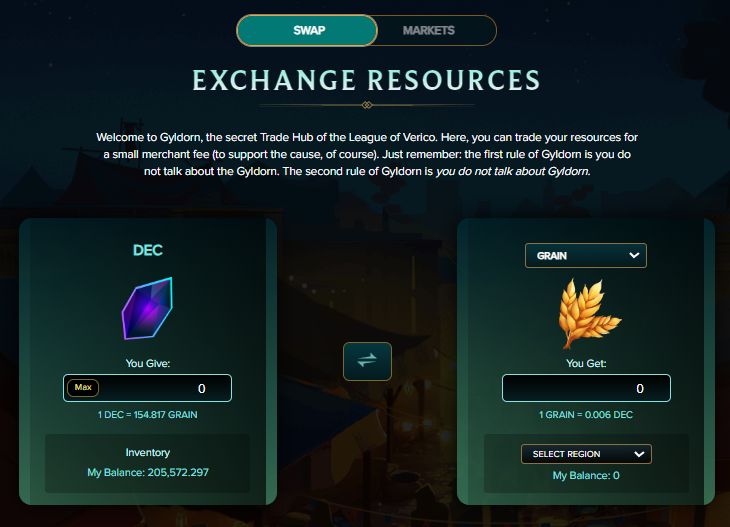


The Future of Land in Splinterlands
In this post, we've covered only the basics of land in Splinterlands, but even these initial stages reveal the depth and complexity of land ownership. This is just the beginning; as Land 2.0 rolls out, the true purpose of land will come to life, introducing a range of new mechanics like resource collection, building construction, and intricate workflows.
With Land 2.0, players will be able to gather various resources, construct buildings, and manage complex production chains. Below you will find a flow chart of interconnected systems, where each component influences the next – it’s a whole new layer of strategy and planning that will add depth to the game.
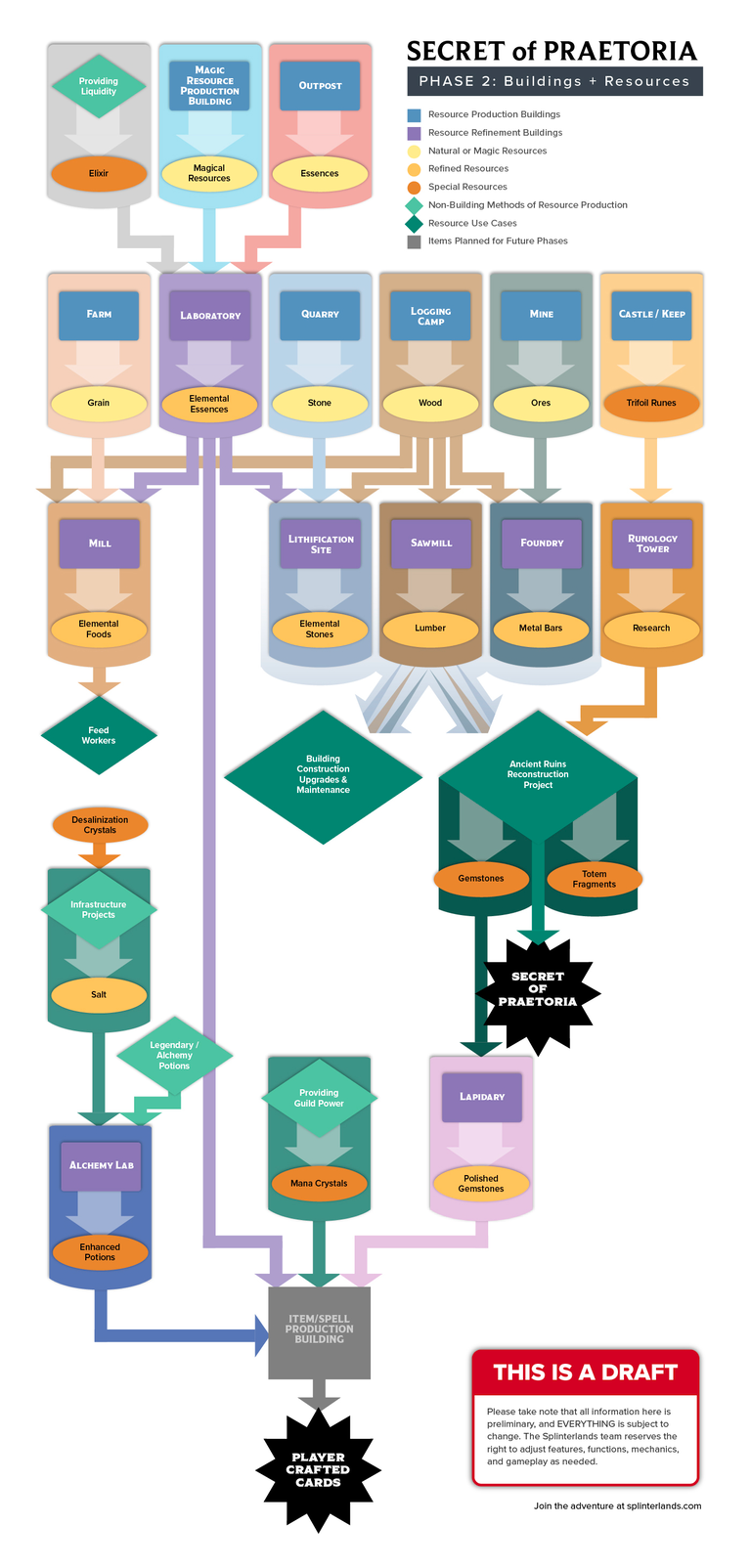
Ultimately, the vision for land includes the ability to create cards, spells, and artifacts that impact battles. While this endgame functionality is still some time away, it promises to make land ownership even more meaningful and immersive.
For a sneak peek into what's coming, check out the next phase detailed in the Splinterlands Gitbook 2.0.
As Splinterlands continues developing land functionalities, exciting features await in upcoming releases. Based on this Gitbook page, future updates promise a more immersive experience with expanded production capabilities, specialized buildings, and additional resources. This future vision for land adds depth and rewards for strategic development, inviting players to deepen their engagement in the Splinterlands world.
That's all for this week hope you enjoyed reading this post. See you all on the battlefield
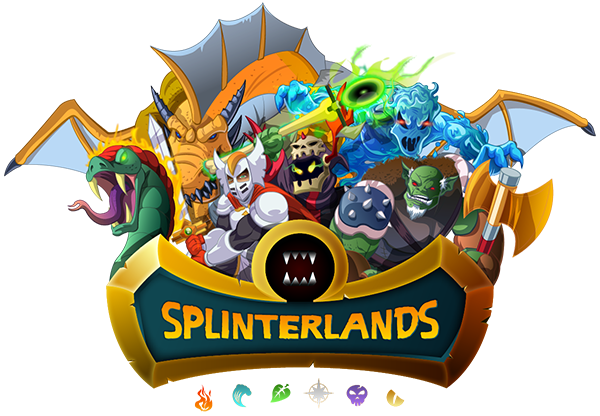
Do you also want to be part of this amazing play to earn game consider using my refferal link.
Delegate Tokens and HP to Fallen Angels to earn weekly rewards!
Delegate | Join to the guildThis post has been supported by @fallen.angels guild!
Thanks for sharing! - @libertycrypto27
